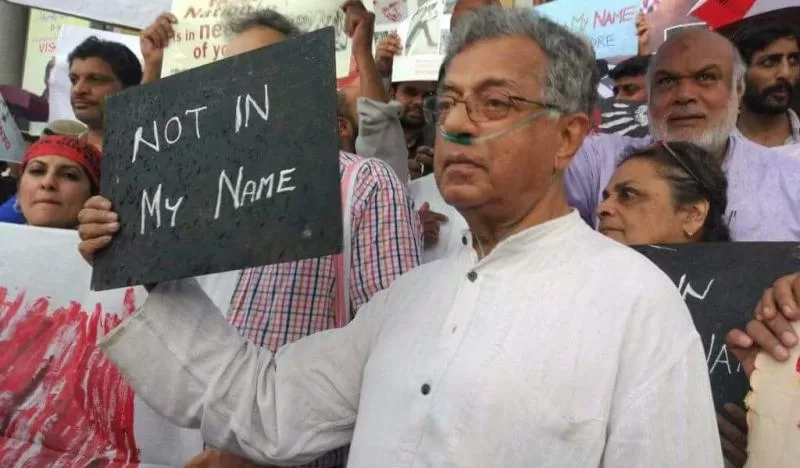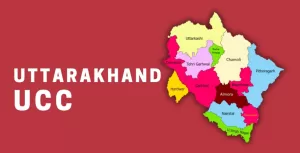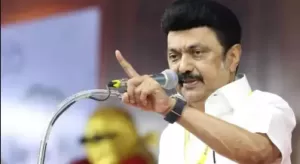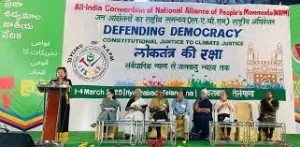“Cynicism destroys our infinite capacity to improve our lot. Be positive and you’ll find your inner courage. I hold precious our pluralism and multiculturalism.”
— Girish Karnad in a 2004 interview.
Toward the end of the 1980s, Girish Karnad and his family returned to India after their year in Chicago, where Karnad was the Fulbright playwright-in-residence. He had spent the year deep in writing, teaching and thinking about theatre, in the company of eminent friends like A.K. Ramanujan and C.M. Naim.
He returned to India to find a country that was consumed by new and violent identitarian politics. Two political forces, condensed in the words ‘Mandal’ and ‘Mandir’ were grappling over the direction Hindu society was to take. The Mandal Commission’s recommendation to extend reservations to Other Backward Classes was met with violent upper-caste resistance. Part of this response was L.K. Advani’s 1990 ‘Rath Yatra’ from Somnath to Ayodhya. Its aim was clear and singular: to unify Hindus over historical grievances by the demand for a temple in the place of the Babri Masjid.
The political idealism of independent India was unravelling before Karnad’s eyes.
His creative response to these events was his 1989 play, Talé Danda (The Beheading). Talé Danda is a story of the spiritual, social, and literary movement of Basavanna’s sharanas in medieval Karnataka and the undoing of this radically egalitarian movement in a bloody backlash.
Talé Danda is set in the 1100s. King Bijjala II reigns and the city of Kalyana faces a social crisis. A Brahmin city girl wishes to marry a boy from a lower caste. Together, the lovers turn to Basavanna, a poet-saint leading a movement that opposes all that orthodox Hinduism stands for: idolatry, temple worship, and the caste system. He holds equality and non-violence above all else.
The playtext of Talé Danda features a number of Basavanna’s poems — vachanas — translated by A.K. Ramanujan. In his introduction to the collection, AK Ramanujan explains that vachanas are the “great voices of a sweeping movement of protest and reform in Hindu society; witnesses to conflict and ecstasy in gifted mystical men.”
Many of these verses seem as powerful and prescient now as they ever have been.
In the Preface to the 1993 English translation of the play, Karnad wrote that these events:
“were beginning to show again how relevant the questions posed by [the Virashaivas] were for our age. The horror of subsequent events and the religious fanaticism that has gripped our national life today have only proved how dangerous it is to ignore the solutions they offered.”
The Hindi translation by Ram Gopal Bajaj was titled Rakt Kalyan. In 1992, Ebrahim Alkazi directed the play with the NSD Repertory. It was performed at the Kamani Theatre in central Delhi.
Before that year ended, a Vishwa Hindu Parishad led mob had stormed the Babri Masjid and pulled it down. Violence spread across India in response, killing hundreds and tearing apart countless communities along religious lines.
The destruction of the Babri Masjid was a turning point in Karnad’s life. “I never entered politics until Advani started his Rath Yatra to Ayodhya,” he said in a 1999 interview to the Sunday Herald.
He elaborated to his friend Ammu Joseph:
“Communalism was the one issue which made me feel that if I didn’t actively fight it I would still be making a political statement. I felt I had to take a stand.”
The spectacle of destruction, impunity, and political cynicism that had unfolded in Ayodhya demanded a response — not just from Karnad but also from his circle of friends and other artists. The Coalition for Secularism, a voluntary collective, came together in Bangalore to help people speak up and organise against this cult of violent and weaponised faith.
At the forefront of artists’ protests and solidarity was the Safdar Hashmi Memorial Trust, or SAHMAT. The Trust held events throughout the year of 1993; their climax took place in Ayodhya on Independence Day that year.
On August 15, 1993, several hundreds of artists, writers, scholars and organisers gathered in Ayodhya to reclaim the city’s heritage from hatred. On the Ram-ki-Paidi ghat along the Sarayu River, they held an all-night performance of music and dance, Muktnaad. Legendary performers such as Sitara Devi, Kelucharan Mohapatra, Girija Devi and Capt Lakshmi Sahgal came together in a spectacular display of the nation’s cultural heritage. Karnad was its master of ceremonies.
The publication ‘Twenty Years of SAHMAT’ recalls:
“By the very fact of its being held, Muktnaad posed a challenge to the forces of communalism who had sought to present Ayodhya, and the traditions associated with it, as their special preserve, and their siege of Ayodhya was broken.”
Karnad had turned now to confront the politics of religious division and resentment, and he would actively oppose it for the rest of his life.
His engagement with violence in public and cultural spheres were refracted through his later plays like Crossing to Talikota, and in less well-known writings, some published exclusively in Kannada. Among these are two short stories written by Karnad in the 1990s. One of them, ‘Alida Mele’ takes its title from K. Shivarama Karanth’s famed novel. The story was published in the 1998 Deepavali special issue of Kannada Prabha.
Karnad’s ‘Alida Mele’ is an auto-fictional story where he is himself a character in conversation with Rizvi, an aspiring producer who wishes to adapt Karanth’s novel into a film. An English translation by Srinath Perur will be published in the new Bengaluru-based literary journal, South Parade, expected in April 2024.
Karnad also persisted in his activism against political Hindutva and the mushrooming of new provocations after the Babri Masjid demolition. One of these, close to home, was the dargah of Baba Budhangiri in the district of Chikkamagaluru, a place revered by Muslims and Hindus alike. In 2003, the dargah became the target of a Bajrang Dal campaign to create an “Ayodhya of the South”.
They demanded new and exclusionary Brahminical rites at the shrine and called for the removal of tombs nearby to declare it as an exclusively Hindu religious site. In December that year, at Karnad’s suggestion, he and a number of his writer friends went to Chikkamagaluru to understand what was happening on the ground.
One of those writers was the newspaper editor Gauri Lankesh. She was an unflinching critic of Hindutva extremism and ran the Gauri Lankesh Patrike, a Kannada weekly tabloid with a popular and non-metro readership across Karnataka. She wrote in Lankesh Patrike in 2003:
“Such amazing things happened over the two weeks when we organised communal harmony meetings at Chikmagalur and Bababudangiri, and called upon people to stop Karnataka from becoming another Gujarat and Bababudangiri from being turned into Ayodhya by the saffron brigade…”
After their visit to the shrine, Karnad, Lankesh and their association, the Souharda Vedike, began to receive serious threats from right-wing extremist groups. They were undeterred in their plan to make a second trip. On the way there, “Girish and the rest of us were stopped midway and placed under detention,” the filmmaker KM Chaitanya recalled. “But Gauri was adventurous. She didn’t come with us. She somehow smuggled herself past the police and landed at Baba Budangiri.”
After the Modi government came to power in 2014, mob brutality against the poorest of Indian Muslims became frequent. Regular Indians came together to protest these lynchings. A major wave of civil pushback was the ‘Not In My Name’ protests of June 2017. The event in Bengaluru was held on the steps of the Town Hall.
Karnad’s friend, the historian Ramachandra Guha recalled in The Wire:
“Girish Karnad, however, stayed well to the south of the Town Hall… He was in his late seventies, and suffering from a degenerative respiratory disorder, which obliged him to carry a cylinder at all times which sent oxygen to his lungs through tubes stuck into his nose. I did not expect Karnad to come.
It began to rain. We carried on standing, in the open. A figure slipped in silently on my left. It was Girish. He had walked at least ten minutes in the rain from whichever side road his driver had parked his car in, carrying his cylinder and his tubes with him…
A group of Muslim men, in the row in front of us, murmured with delight and approval. One of them said to the other, in English: “Girish Karnad Sir has arrived!” That so many Hindus (and Christians) had come from all parts of the city mattered to them; that this particular Indian had come mattered most of all.”
The Not In My Name protest foreshadowed what would be one of Karnad’s last public appearances.
In September 2017, Gauri Lankesh was assassinated by suspected right-wing extremists outside her home in Bengaluru. The following January, on Gauri’s first birthday after her assassination, an enormous gathering of citizens took place at the Town Hall. The memorial doubled as a protest in solidarity with other, recently jailed activists, who were being smeared in the media as ‘Urban Naxals’.
Karnad arrived at the Town Hall again, wearing a cannula and carrying his oxygen machine. Around his neck, he wore a sign that announced: ‘Me Too Urban Naxal.’ “If speaking up means being a Naxal then I am an Urban Naxal,” he said there. “I am proud to be a part of the hit list.”
(‘Tell It Again’ is a newsletter that dives into the life and work of Girish Karnad. Its curator is Harismita.)




